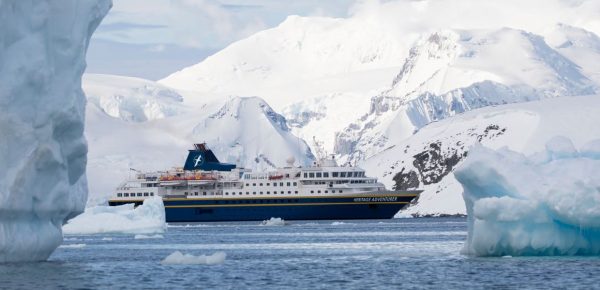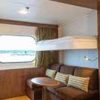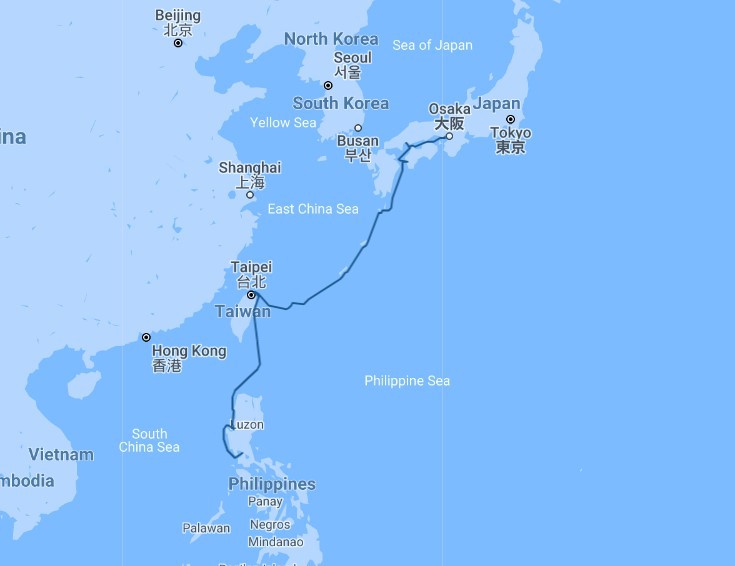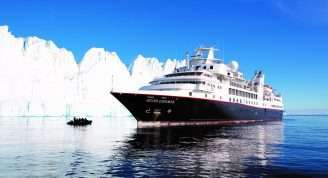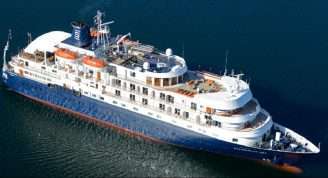Description
Heritage Expeditions, pioneers in authentic small ship expedition cruising, invites you to on an unforgettable 15-day cruise exploring Asia’s incredibly diverse and exotic subtropical islands from Osaka, Japan to Manila, Philippines aboard luxurious expedition ship Heritage Adventurer.
Rarely visited and hard to reach, Asia’s subtropical islands comprise a wonderland where impossibly blue waters gently lap white sand beaches and pristine coral gardens and walls abound with neonlit fish, fascinating rare birds and wildlife dwell in primeval jungles, intriguing time-forget cultures and traditions await discovery and World War II relics, wrecks and history can be found both above and below the water.
Our adventure begins exploring the Buddhist temples, gardens, castles, history, culture and cuisine of Japan including one of Japan’s most famous sites Itsukushima Shrine with its renowned overwater torii gate, Hiroshima Peace Park, the eco-paradise and UNESCO World Heritage status of Yakushima Island, the primeval subtropical Kinsakubaru Virgin Forest and centuries old traditional process of making Oshima Tsumugi silk on Amami Oshima and the beauty and history of the ‘Hawaii of Japan’ Okinawa Island.
In Taiwan we will experience the delights of its dynamic capital Keelung including its iconic street food and world-famous surreal landscape of honeycomb and mushroom eroded rock formations at Yehliu Geopark, while at Hualien 19-kilometre-long canyon Taroko National Park and Marble Gorge with its spectacular 300 feet high marble walls await exploration.
The picturesque island of Batan welcomes us to the Philippines, where the tiny outpost’s bucolic beauty hides a harrowing WWII history, while fans of architecture and history will delight in the Spanishinfluenced UNESCO city of Vigan, location of the famous hand-crafted Burnay jars. Enjoy our last day exploring both above and below the water of the paradise that is Hundred Islands National Park.
Join us for the ultimate expedition cruise of Japan, Taiwan and the Philippines’ subtropical islands as we visit remote, idyllic isles and islands on this unforgettable adventure.


